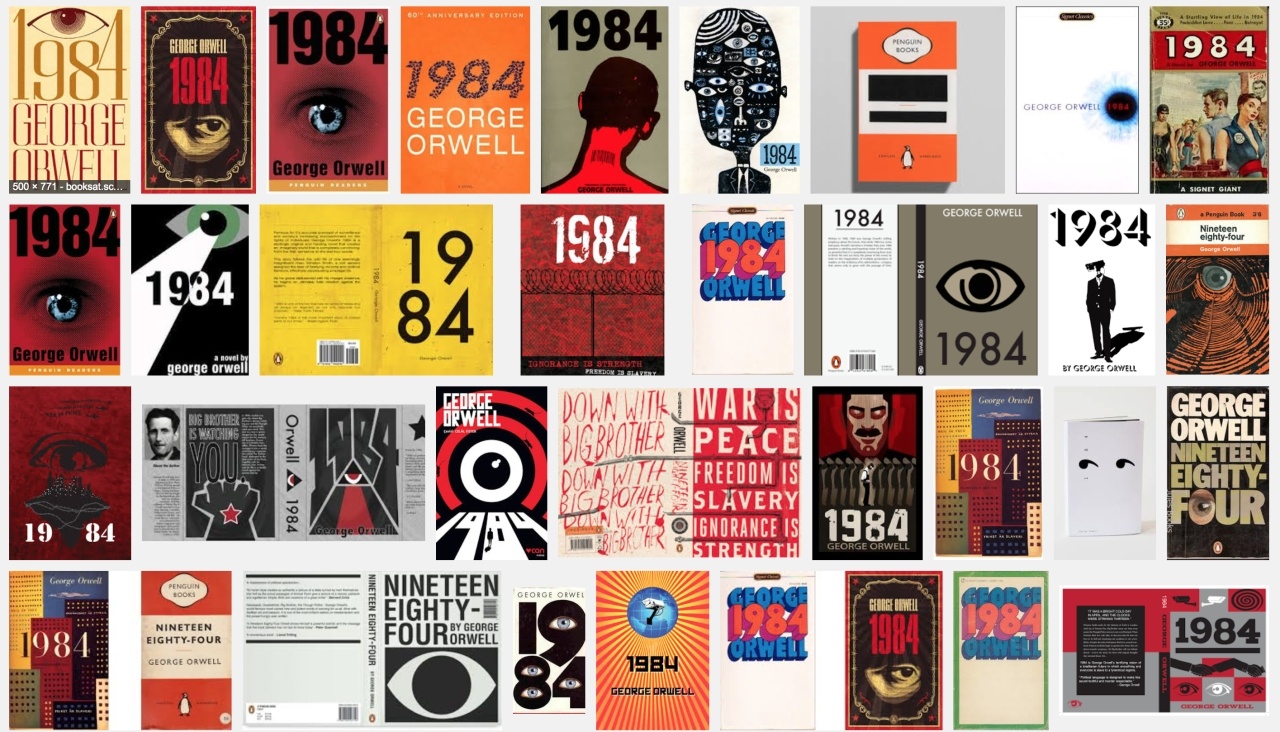Whose is this song is a film about a song and the transformations it underwent on its travels along the roads of the Balkans: in different countries, it has different faces and exists as a love song, a military march meant to scare the enemy off, a Muslim religious song, a revolutionary song, an anthem of the right nationalists, etc. Could a song change people's destinies? Could a song bring lovers together and then arouse blind jealousy? Could a song haunt a person for his whole life and even beyond? Could a song give rise to ethnic hatred or to revenge by hanging?
Trailer

Our Doublethink Double vision exhibition’s title alludes to George Orwell’s seminal work 1984 and presents a selection that includes Tracey Emin, Marcel Dzama, Anselm Kiefer, Bruce Nauman, Raymond Pettibon, and Thomas Ruff, as well as Turkish artists, tracing the steps of pluralistic thought through works of art.
Tuesday - Saturday 10:00 - 19:00
Friday 10:00 - 22:00
Sunday 12:00 - 18:00
The museum is closed on Mondays.
On Wednesdays, the students can
visit the museum free of admission.
Full ticket: 300 TL
Discounted: 150 TL
Groups: 200 TL (minimum 10 people)